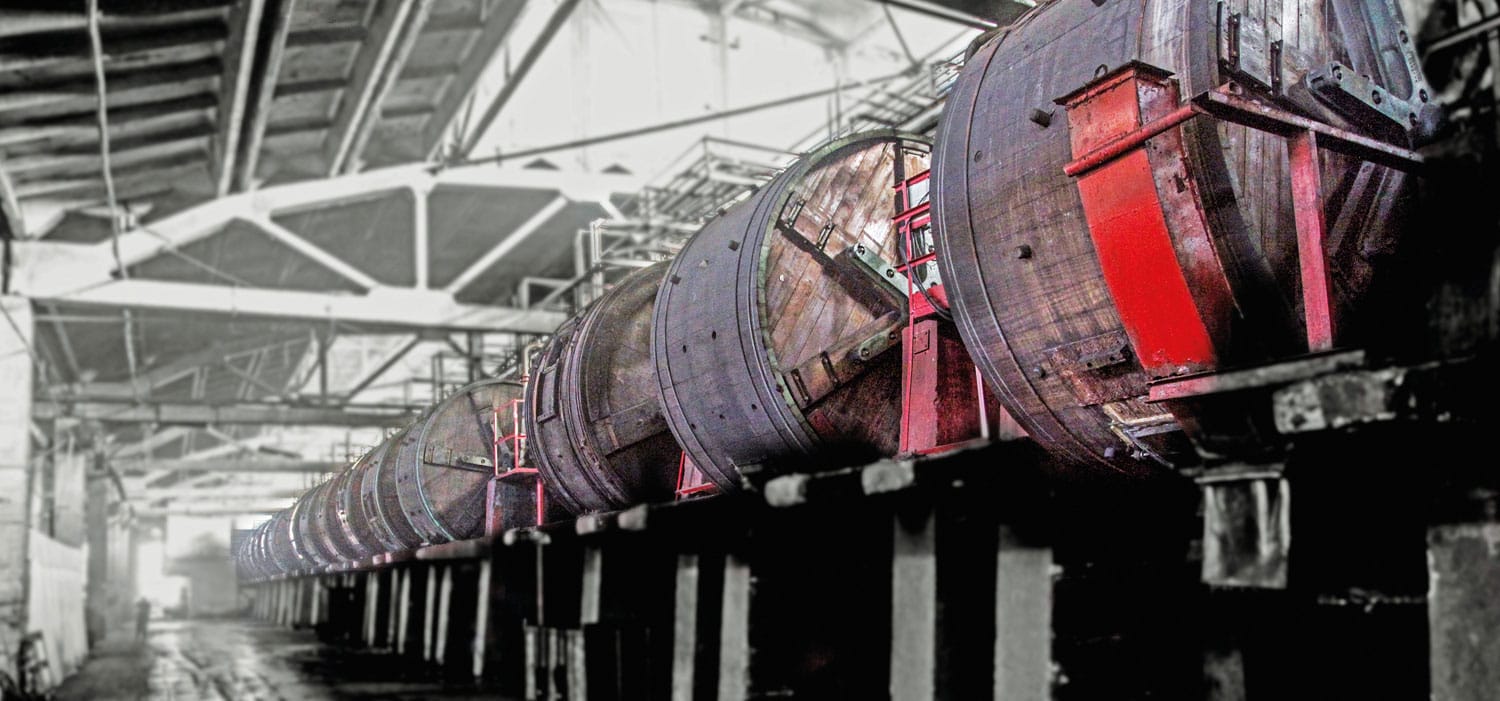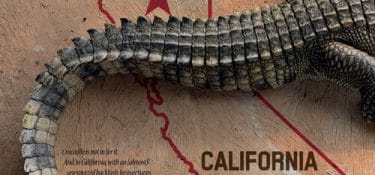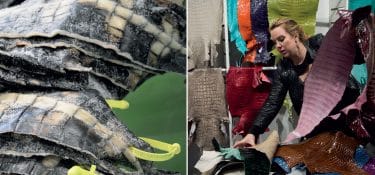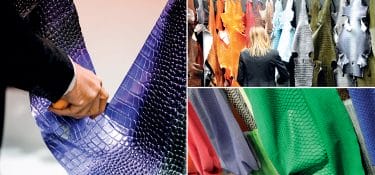To remain entangled in a war. And to find the strength to be reborn, focusing on international markets and events. The story of Vozko Tannery which, regardless of outside factor, keeps on moving forward
Repercussions were of different type and magnitude. First, ça va sans dire, there was the interruption of any relation built with Russian clients and suppliers. Second, the loss of a warehouse in the city of Donetsk, shut down in hurry without even having the time to bring the leather and machinery held there to another location. And more, the destabilization of the business’ organism itself: “Some of our workers left the tannery to go and join the army to defend Ukraine”. The start of the conflict in the donbass region, Eastern area where separatist groups, supported by Russia, declared the birth of two people’s republics by the name of Doneck and Lugansk in 2014, changing the history of Vozko tannery. not just because, as explained to us by the tannery’s ceo Ivan Kistechko: “the group lost between 10% and 12% of its raw material market and 10%-15% of its finished leather commerce”. But because, in addition, the war compromised the entire ukranian economy: “all businesses in the area were affected – continues Kistechko -, while thousands lost their jobs”. The worst period for Vozko was between 2014 and 2015, when the exchange rate between uSd and Euro with the local currency (grivnia) was devalued by 300% and “the main issue was preserving the potential of the company’s leather production in Voznesenski, city where the group was created”, says the ceo. But the worse, it would seem, is behind. Today the tannery employs around 500 people. It handles the complete tanning process, from the purchase of raw material and chemicals, to the logistics of the finished products. It has its own waste-water treatment plant, as well one to produce electricity and heat to warm the water thanks to the heat production from gas and pellet-furnaces. Vozko is able to tan up to 1,100 tons of raw hides per month, from which it created leather for shoes (the company is the supplier of ukraine’s army), leather goods and clothing. For the tanning industry, which is unable to sell at home, the future now aims towards the diversification of commercial references. “Tensions with Russia have caused much uncertainty – explains Kistechko -, because we aren’t sure what to expect from our neighbour. ukraine has a very small market, given the current situation of the footwear segment and the low purchasing power of the population: the country hasn’t been able to get back on a path of economic growth and development in the last 5 years”. From a procurement standpoint, Vozko “imported up to 40% of raw material from different areas in 2018”, summarizes the company’s director. While with regards to commercial outlets, the tannery (which exports in Europe, uSA, and Israel), invests on “new clients with the union, by developing a wealth of technology and Western cultural capital”. The future is West.
Choosing Lineapelle to be reborn
Founded in 1978, Vozko decided to celebrate its 40 years of activity by coming back to Milan in September of 2018, for Lineapelle95. A comeback indeed. Because the tannery, which had exhibited its goods to the Italian leather (and other materials) chain, had stopped coming to Milan due to the geo-political circumstances surrounding the country. The return was so positive for Vozko, that it decided to renew its participation by doubling down and returning for the February edition that just ended.
Kiev’s Leather Segment
“There 15 businesses operating in the leather segment in Ukraine as of today, many of which are limited to exporting wet-blue – concludes Kistechko -. In 1991 there 15 tanneries in the country that were supplying finished leather to local footwear manufacturers, all together producing 195 million pairs of shoes for 50 million people”. The number of bovines available has also undergone dramatic change: “Ukraine had 25 million units in 1991 – he continues -. now there just 3.4 million bovines”. Ukrainian production capacity has gotten smaller in the last 30 years (due to privatization, hyper-inflation and open doors for international markets): “no more than 40 million pairs of shoes have been manufactured in Ukraine in the last 5 years – closes Kistechko -, but the number of pairs imported reached 120 million pairs”.










